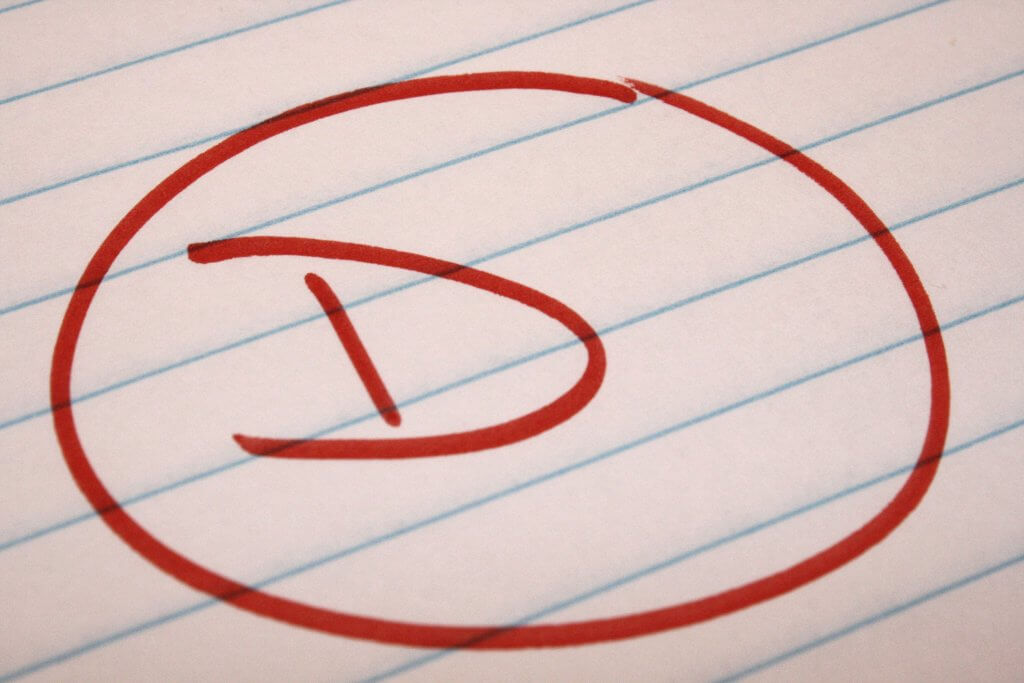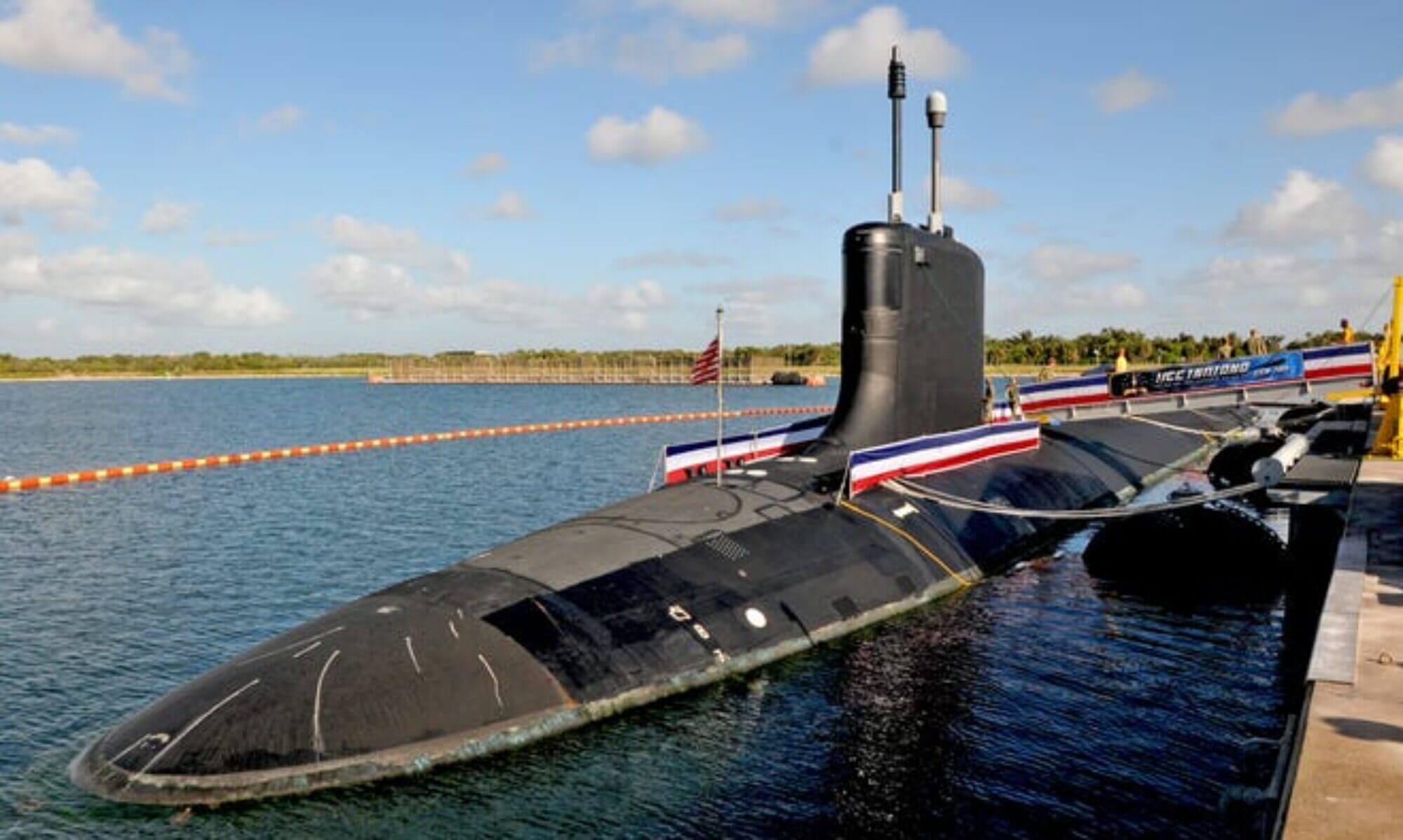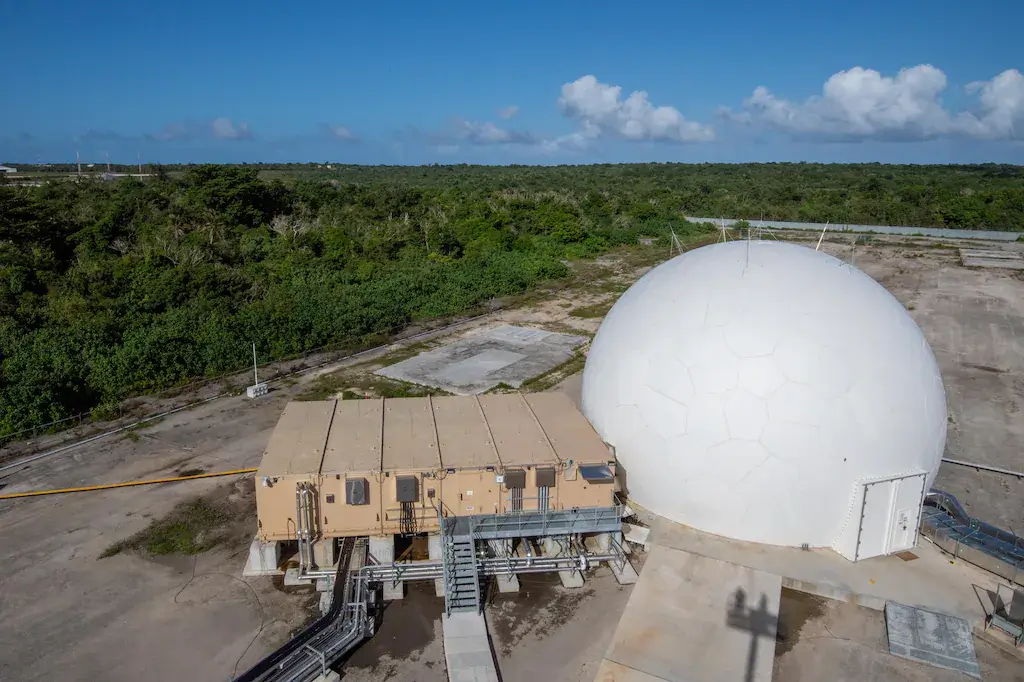

The latest National Security Innovation Base Summit gave the Pentagon a D grade for modernization. A D—not just in shipbuilding, but across the board in weapons innovation, procurement, and efficiency. This isn’t just a bureaucratic failure; it’s a direct threat to America’s national security.
My friend and shipmate from the ‘70s, Captain David Lennon, USNR (Retired), sent me this Fox News article, saying, “This echoes what you and I have been saying.” He’s right. We’ve been warning for years that America’s defense strategy is moving too slowly to keep up with global threats
The Pentagon’s Outdated Approach to Modern Warfare
According to House Armed Services Committee Vice Chair Rob Wittman, the Pentagon operates like the Ford Motor Company in the 1950s—slow, bureaucratic, and resistant to change.
“The Pentagon is the Ford Motor Company of the 1950s. I mean, the way they operate—slow, stoic. ‘Let’s spend years to write a requirement, then let’s spend years to go to a program or record, let’s spend years to acquire.’ By the time we acquire something, guess what? The threat’s way ahead of us.” – Rep. Wittman
That’s the fundamental problem—our enemies aren’t waiting for us to figure things out. China is churning out warships at breakneck speed, modernizing its naval capabilities, and outpacing us in cybersecurity and artificial intelligence. Meanwhile, the U.S. is stuck in a procurement cycle that takes decades.
Captain Lennon put it bluntly:
“America once built a navy that could fight and win a world war. Today, we struggle to maintain 295 deployable ships while our adversaries launch vessels at breakneck speed. This is not just a shipbuilding problem—it’s a national security crisis.”
Shipbuilding: A Slow-Motion Disaster
The U.S. Navy currently has 295 deployable ships. The plan calls for 390 by 2054, but at this rate, we won’t even keep up with ship retirements.
The Maritime Security Program, which maintains a fleet of privately owned, military-useful ships, is down to just 60 vessels. If a major conflict broke out in the Pacific tomorrow, we wouldn’t have the sealift capability to respond effectively.
And while China expands its navy at an alarming rate, the U.S. struggles with:
-
- Delayed procurement cycles that take years just to approve new ships.
-
- Budget cuts and shifting priorities that prevent consistent progress.
-
- Shipyard bottlenecks due to a weakened industrial base.
Cyber Warfare: The Unseen Battlefield
Another major concern raised in the Fox News report is China’s superiority in cybersecurity. Rep. Chrissy Houlahan (D-PA) stated:
“China specifically is better at cybersecurity than we are. It only takes one or two incursions that we don’t see coming or that we aren’t responsive to, to make an enormous difference here.”
Captain Lennon underscored this growing threat:
“China and Russia don’t just challenge us at sea—they challenge us in cyberspace, in supply chains, and in economic warfare. The Navy can’t just be stronger; it has to be smarter, faster, and ready for an entirely new battlespace.”
The Pentagon’s inability to keep pace in cybersecurity makes America vulnerable. China is hacking into critical infrastructure, stealing defense blueprints, and gaining access to classified information. The next war may not begin with missiles—it may start with an attack on our power grid, financial systems, or military networks.
A White House Office of Shipbuilding? What Comes Next?
The Fox News report also revealed that President Trump is taking a direct interest in shipbuilding. His nominee for Navy Secretary, John Phelan, stated that Trump regularly texts him late at night, asking about the state of the fleet.
Trump announced the creation of a White House Office of Shipbuilding, promising to revitalize ship production. While this sounds promising, the real test will be whether it cuts through the bureaucracy and actually delivers results.
Rep. Jason Crow (D-CO) described how slow innovation is killing our ability to compete:
“We’re operating off of an innovation cycle right now that, you know, used to be a decade, and it used to be five years. Then it used to be three years, and now it’s a year or less innovation cycle. In Ukraine, they’re actually operating off of week-long innovation cycles.”
Where Do We Go From Here?
This isn’t just a military problem—it’s an economic and strategic problem that affects every American. If we fail to modernize, we risk losing control of key shipping lanes, economic stability, and military deterrence.
Captain Lennon and I both agree:
“Our nation faces an inflection point. Will we modernize our Navy to meet the challenges ahead, or will we let slow processes and outdated thinking leave us vulnerable? The choice is ours—but the clock is ticking.”
This is Why I’m Launching Our Educational Series
This conversation is exactly why I’m launching the China, Russia, and America: Navigating Global Rivalries and Naval Challenges series.
This 23-episode educational initiative will break down how history, economics, and military strategy shape today’s global threats—and why America must rally behind its Navy.
-
- We’ll dive deeper into shipbuilding, looking at past successes and today’s failures.
-
- We’ll unpack cybersecurity threats, explaining why China and Russia view cyber warfare as a battlefield as real as the Pacific or the South China Sea.
-
- We’ll break down public policy, exposing how red tape and slow procurement cripple our defense efforts.
This series isn’t just about the Navy—it’s about why the Navy matters to you.
We need Americans engaged in this conversation because without public support, we won’t get the changes we need.
Captain Lennon and I will continue speaking out, but we need more voices in this fight.
Join Us. Stay Informed. Take Action.
Follow along at StrongerNavy.org as we roll out this critical series. It’s time to wake up America—before it’s too late.


